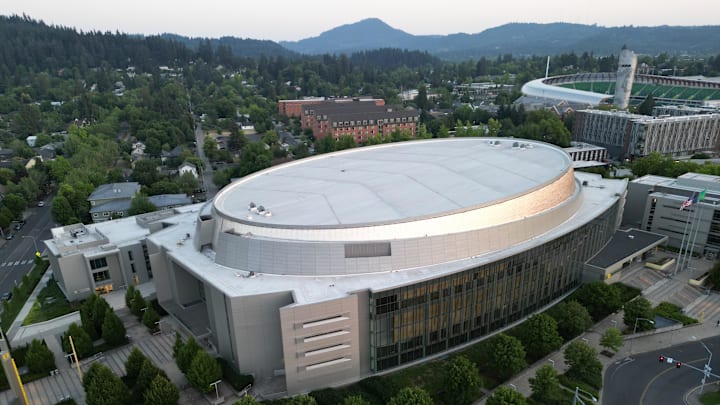Last week, the NCAA made a historic decision, allowing universities across the country to directly pay their athletes, a ‘Pay to Play’ concept.
The NCAA came to a $2.8 settlement agreement with the Power 5 conferences (ACC, Big Ten, Big 12, Pac-12, and SEC) on multiple antitrust claims.
The settlement and the decision by the NCAA will allow for a revenue-sharing modelv that enables schools to pay athletes simply for playing their sport.
So, what does this mean and where exactly is the money going?
To put it in layman's terms, the $2.77 billion (to be exact) will pay dividends to more than 14,000 past and present athletes from the past 10 years.
This will date back to 2016 and each school will be able to share upwards of $20 million with athletes.
The NCAA and its leagues are moving forward with a multibillion-dollar settlement agreement that will allow schools to directly pay players for the first time in the history of college sports. https://t.co/XaVgW9306B
— ESPN (@espn) May 24, 2024
Unfortunately, very few logistics have actually been finalized for payment plans across the board.
Since it was only the Power 5 conferences that agreed with the NCAA, powerhouse schools like UConn and Notre Dame were left out of the settlement.
Not to mention, DI NCAA programs now (basically) hold a monopoly on paying collegiate athletes, which may become a legislative or judicial issue.
The simple fact that student-athletes can finally be paid for the time and work they give to schools is a huge step forward, but it isn’t a steady step forward quite yet.
As Oregon enters the Big Ten and continues to gain notoriety on a national level, what does this settlement mean for the Ducks?
Athletes across the board in Eugene will be able to benefit but it doesn’t mean they will all be walking toward retirement with their NCAA settlement payout.
Phil Knight and other Oregon alumni and donors are launching Division Street, a company focused on helping Ducks athletes in monetizing their NIL 💰
— Bleacher Report (@BleacherReport) September 30, 2021
Sabrina Ionescu will serve as Chief Athlete Officer to ensure athlete’s voices are “at the center of all the company’s work.” pic.twitter.com/FCnWXMPng8
From football to soccer to tennis, Ducks now have the opportunity to receive money from the University of Oregon, in tandem with the NIL rules regarding athlete payments from 2021.
Since Oregon has a fairly large fund for its athletic department, the new rules will make the Ducks an even more enticing program to play for but the school hasn’t quite reached the level of Texas, Alabama, or USC.
